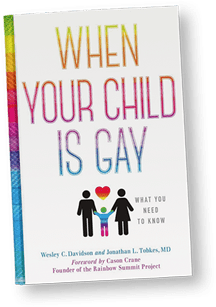“Do I Look Fat?”
Every teen wants to look sharp so they can fit in. Whether they’re emulating the hottest celebrities or have their own style, they hope their own brand will propel them into popularity and give them persona.
To an LGBT kid whose look may be different than the mainstream, who may feel different being on the fringe, fitting in is not easy. This state of being different may pre-dispose a gay or lesbian student for eating disorders. Other factors may include, or are not limited to, according to NEDA, the National Eating Disorders Association:
• Coming Out: Fear of Rejection/experience of rejections by friends, family, and co-workers.
• Experiences of Violence (gay bashing).
• Discrimination
• Being Bullied
Research Shows LGBT Population Has Greater Eating Disorders
Findings point out that as early as twelve, GLB teens may be at higher risk of binge-eating and purging than heterosexual peers. There are elevated rates of binge-eating and purging by vomiting or laxative abuse by both males and females who identify as GLB.
What’s A Parent To Do?
Left unnoticed, eating disorders can continue into adulthood. Gay men are up to three times more likely than heterosexuals to have a clinical or subclinical eating disorder. Forty-two percent of men who struggle with eating disorders identify as gay or bisexual, according to an article “a hidden epidemic eating disorders in the gay community,” in www.salon.com/2014/03/02.
Telltale Signs
If your child refuses to eat with the family or you notice sudden weight loss or evidence of laxative abuse, be concerned. Eating disorders could coexist with other illnesses such as depression, substance abuse or anxiety disorders.
For help with this problem, contact NAMI (National Association of Mental Illness)’s Helpline that can refer you to various organizations. Their phone number is 800-950-NAMI.

When Your Child Is Gay: What You Need To Know
For more detailed advice, see book, co-authored with a mother of a gay son and a psychiatrist, Jonathan L. Tobkes, M.D.